Kitchen Floors {How I Decided to Use Cork Tiles}
One of the biggest decisions I had to make on our kitchen renovation was what flooring to install. We have always had linoleum flooring and I was happy with it. But, when I was shopping for new linoleum I couldn’t find a pattern or flooring that I really loved. One of the things I was looking for was a flooring that had a matte finish. And I wanted it to have enough pattern that it wouldn’t show dirt easily.
Because of our water issues, I completely nixed the idea of wood flooring. Especially because we have two different colored wood floors in adjoining rooms. So, picking one color would always make the “odd floor out” feel disjointed.
I also didn’t want porcelain or stone tile flooring because I don’t like how cold it gets (which is why I installed radiant heat under our mudroom tiles.) And I didn’t want our dishes to shatter every time the boys dropped one (which happens a lot in our house.)
At one point I was considering installing groutable vinyl tiles. I loved the look and thought it would have the warmth and comfort of vinyl but the look of tile. But, then I read this article by Mike Holmes, he explained why he didn’t recommend groutable vinyl tiles. Apparently, there is a tendency for the grout to crack over time. At this point, I was really feeling stressed about flooring and was considering just picking a linoleum that I liked (but didn’t love.) Then I saw this:
Those are cork tiles! They have the look of wood, and the comfort of linoleum. And as a bonus, they are eco-friendly! Cork is harvested from the trees every 9 years. The tree is not cut down or harmed. The bark is simply cut off. And the tree regenerates new bark. Within 9 years that tree will be ready to be harvested again. This process can continue for hundreds of years without killing the tree. Did you know that most of the cork trees are in Portugal? And the cork forests provide habitat for many endangered species? You can learn more by watching this video:
There are many manufacturers of cork flooring. But, I was drawn to Globus Cork (and ultimately partnered with them) because of the variety of tiles they sell. Not only do they have 38 colors to choose from…
…but they can produce custom colors as well! Oh the possibilities.
They also have three textures to select from:
As if that wasn’t enough, they also offer a variety of tile shapes and sizes!
I browsed through some of their installed flooring photos and was instantly in love with the idea of cork flooring. I found a few kitchen examples you might find inspiring:
For the more modern and daring homeowner, how about these:
If you prefer classic patterns, you’ll appreciate these:
In the process of researching flooring for the kitchen, I read through several forums online about cork floors and pets. The consensus seemed to be that if you have an animal that likes to dig and scratch, you might want to steer clear of cork flooring. We never had any problems with Buddy, so I figured we were safe.
Another concern that several people asked about was if cork floors were water resistant and stain resistant. Cork is naturally water resistant which is why they are used as wine stoppers. And the Globus Cork tiles come pre-sealed, but they sell a sealer to add a final coating after the installation.
I was sold! I’ll share with you my Globus Cork tile installation tutorial here. If you follow me on Instagram, you got the preview ahead of time.
Disclosure: After lots of research, I selected Globus Cork because I liked their products and their customer service. I approached them about working with me on my kitchen renovation. They agreed to partner with me. I received complimentary products, but I was not told what to write or share. Please know that I am very selective about which companies and products I chose to work with.

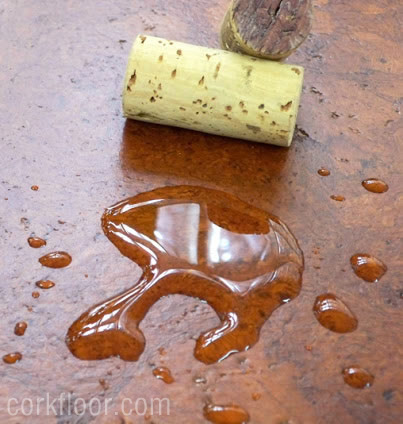
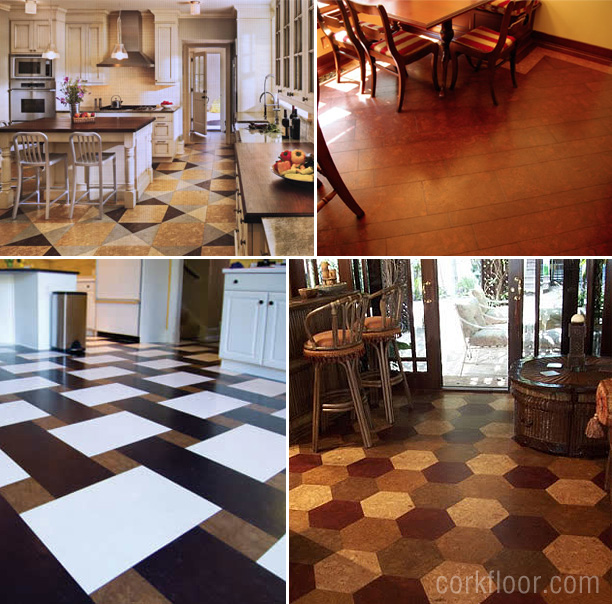
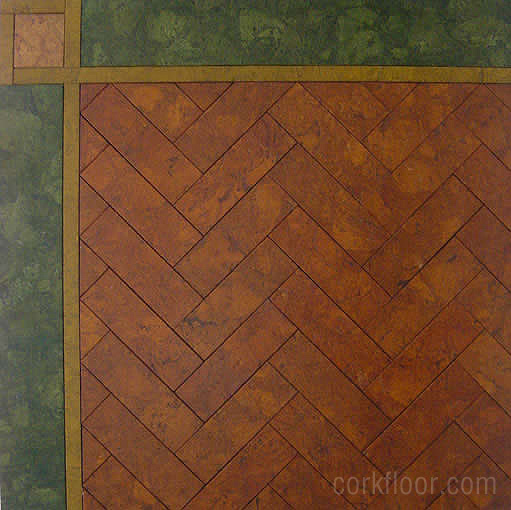
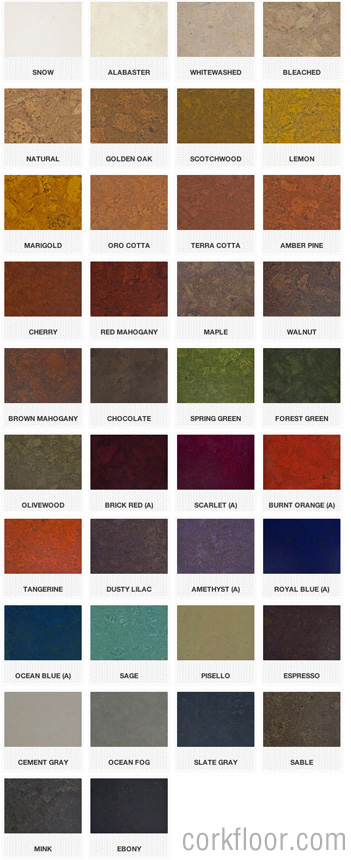

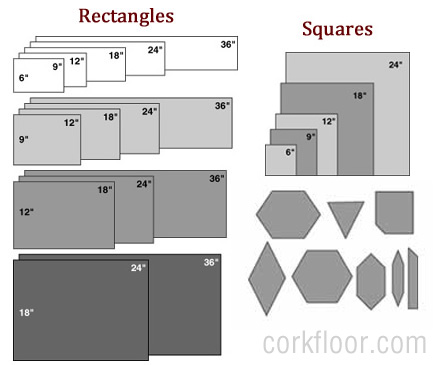
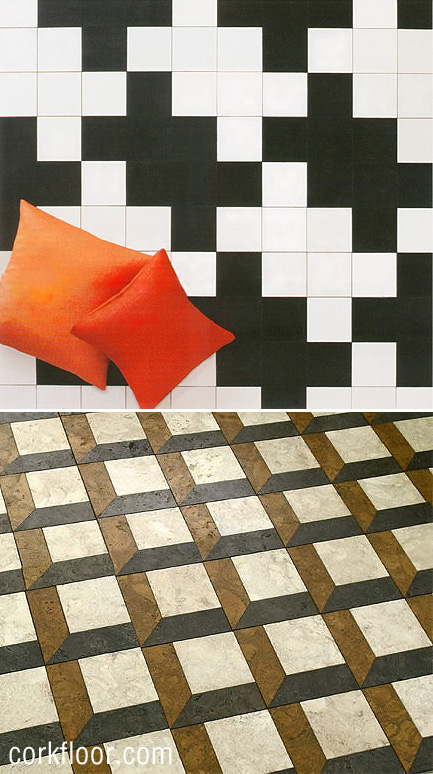
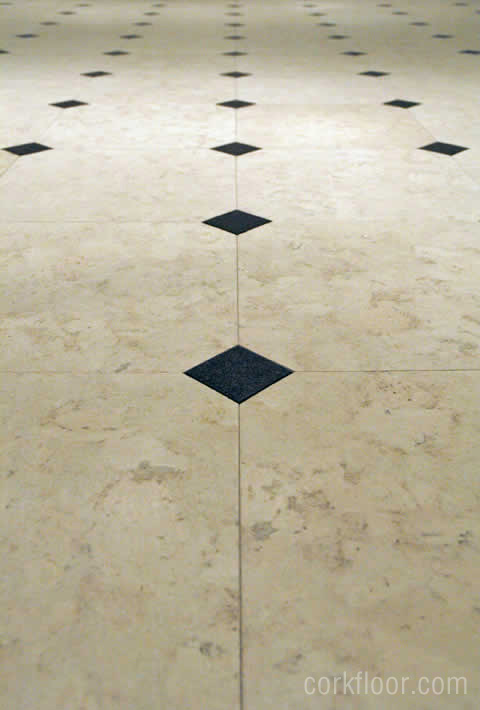
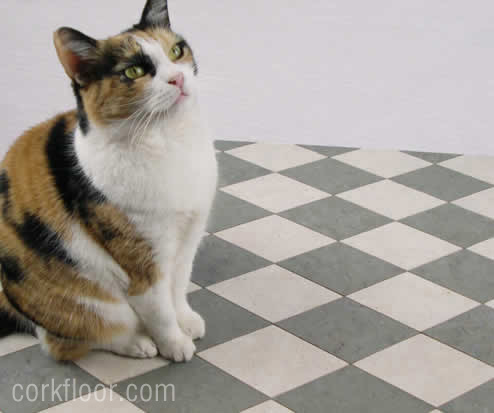

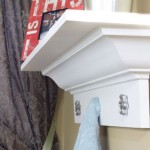

I’m loving the idea of cork! I have celiac disease and have chosen to be careful with the types of products in my house as I redo each room of my house I purchased 2 years ago. I have not yet replaced any flooring, but when I do it has to be safe to breathe in (short term as well as long term). I’m a bit bothered about the polyeurethane coating. Hopefully there are other alternatives for the protectant. I am a ballroom dancer and need a good floor to practice on. Currently, my basement has a laminate wood floating floor over an uneven concrete floor that is bad on the back and feet/ankles, so I’d like to try this as a great alternate to practice dancing on.
Julie, I’m not exactly sure what is in the varnish that goes over the flooring, but it is necessary to keep the cork from being destroyed by dog claws, boy wars, and more. I know Globus Cork would probably be happy to tell you what is in the flooring. (Contact page: http://corkfloor.com/contact.html) Also, you might find this follow up post good: https://prettyhandygirl.com/cork-floors-one-year-report/
It’s remarkable to pay a visit this site andd reading
the views of all friends on the topic of this paragraph, while I am also keen of getting experience.
Your style is so unique in comparison to other folks I’ve
read stuff from. Many thanks for posting when you
have the opportunity, Guess I will just book mark this blog.